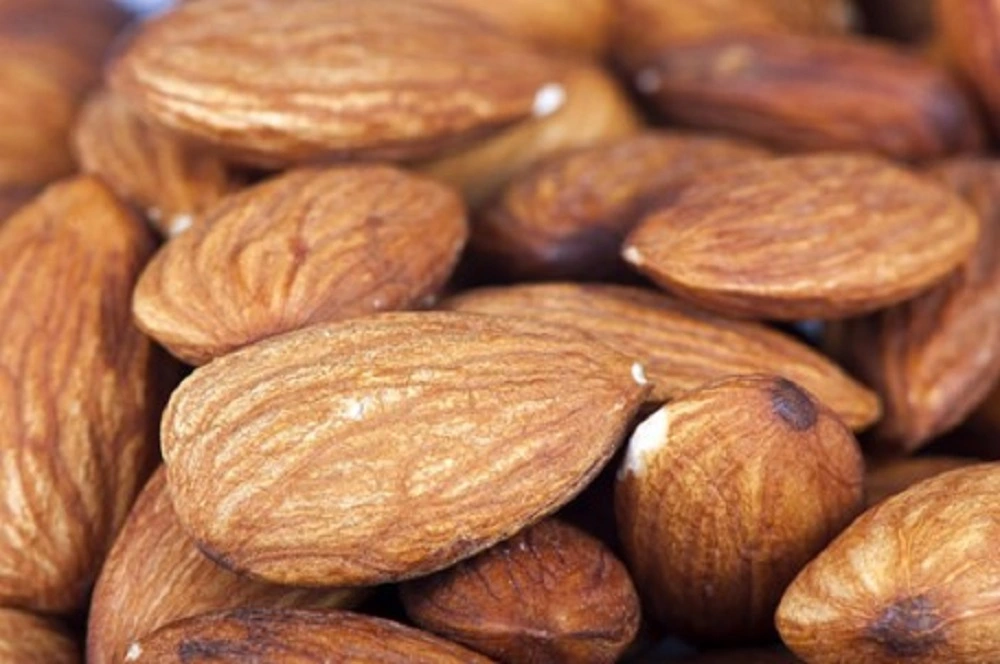The dietary choices made by athletes often determine their performance on the football field because every play counts. Young athletes strive to get better and better, trying to reach the peak of performance, so it is very important for them to know how proper nutrition may affect their energy, restoration, and overall athletic ability. Among all the available nutritional approaches, two methods have shown great popularity. The ketogenic (keto) nutrition and carbohydrate loading. Although each has its own individual benefits, which of them wins out for young footballers striving to get the most out of their performance? We will compare and contrast these methods and describe which one provides the best benefit to footballers who wish to excel.
What is the Keto Diet?
This regimen of eating is based on fats and proteins and greatly reduces the intake of carbohydrates. Dietary amendments that reduce the amount of carbohydrate intake put the body into a state of ketosis, where it uses fats as a source of energy instead, thereby giving a steady supply of energy.
A number of athletes discover that they feel full of energy and lose weight with the help of the keto diet. However, footballers, who use fast and explosive actions, may not gain as much. Such tendencies are often imitated on platforms like MelBet, where performance is connected with dietary choices, which is a part of analytics in modern football strategy.
The major part of energy required by footballers has to be gotten through glycogen stored in the muscles and the liver whose rapid burst supplies muscles for high-intensity movements. The focus, on fat burning by Keto, is not ideal for a game based on continuous sprints, sharp turns, and fast recuperations.
Understanding Carb-Loading
For the footballers, the bursts which are quick and continuous expenditure of energy occurs promptly. Carb-loading is proven to be the key difference between fading on the second half or running well if carried out properly.
| Key Aspect | Explanation |
| What It Is | A strategy of increasing carbohydrate intake before high-intensity events |
| Main Goal | Maximize glycogen storage in muscles and the liver |
| Why It Works | Glycogen provides fast, accessible energy for sprints and rapid play |
| Football Benefit | Supports muscle power, reaction time, and peak performance during matches |
| Post-Game Recovery | Assists in recovering energy at a faster rate and reduces fatigue when the body has undergone explosive activity. |
Comparing the Two Approaches for Footballers
The distinction between the keto diet and carb-loading for the tasks of football is, to a great extent, conditioned by the peculiarities of energy consumption of the game. Since football involves little but strong movements that largely depend on the availability of glycogen stock, carb-loading is usually the best way.
Though ketogenic (keto) is useful in longer-term endurance and energy for long periods, it does not provide the instant, energy-packed output that is needed for fast play and explosive movements for football athletes. Football players are constantly being required to run, leap, and react with the speed of light. Athletes who will carb-load are better at doing away with the energy-demanding nature of football and will have sufficient glycogen to produce performance.

Carb-loading is both employed to energize players in the course of play and revive them after matches. Stocks of glycogen reduce after exercises, but consuming carbohydrates assist in restoring them and facilitating the recovery process. Therefore, athletes who engage in the practice of carb-loading will be likely to keep going longer in the match and recover faster. in this way they are prepared for the next game/ training.
The Effects of Recovery Strategies on Both Diets
Even though the keto diet can aid athletes in keeping up the energy for lengthy, prolonged efforts, the potential for recovery in high-intensity sports is insufficient. For fast activities like football, the requirement for the quick return of glycogen needed to be there; hence, carb-loading is a better option. Famous platforms like MelBet Instagram tend to point out the ways the nutrition variants affect the real-time performance and recovery stats -those are the reasons why post-match carbs benefit the recovery of glycogen levels effectively and allow the footballers to take on another challenge.
Lessons for Young Athletes
Young athletes do not have to take sides sight unseen; they need to know how both methods impact their bodies on and off the pitch. What they should learn is:
- Glycogen is king – Sports performance requires instant energy and glycogen provides that explosional energy. The keto in turn doesn’t provide it fast enough.
- Keto goes with endurance not speed – Although maybe helpful during long-distance or consistent training, keto lacks the immediate energy that football requires.
- Carb-loading greases up intensity – Perfect before matches or tough spells, building pinpoint movement and swift recovery.
- Balance is a thing – eat more carbs, when this is game day or training day, focus on fats when resting – to maintain overall metabolism.
- Help from a pro – Nutritionist will personalize the plan for the type of position, body-type, and training load – and tweak ultimate performance.
Fueling Young Football Players: The Case for Carbohydrates
Although athletes can use either the keto or carb-loading technique, carb-loading is more beneficial for football players in particular, including younger ones, who have to make quick and strong turns. In the sport of football, athletes rely on glycogen as the main source of fuel that will be utilised during high-intensity moments. The glycogen storage is highly essential to rapid activity and recuperation, and carbohydrate-loading is ideally equipped during peak activity and recuperation. Being aware of what their sport requires of them and providing them with adequate fuel, in the form of diet, young athletes can attain and maintain their optimum level of performance.
The post Keto vs. Carb-Loading: Which Diet Works Best for Footballers? – Lessons for Young Athletes appeared first on Knives Illustrated.
Read the full article here




